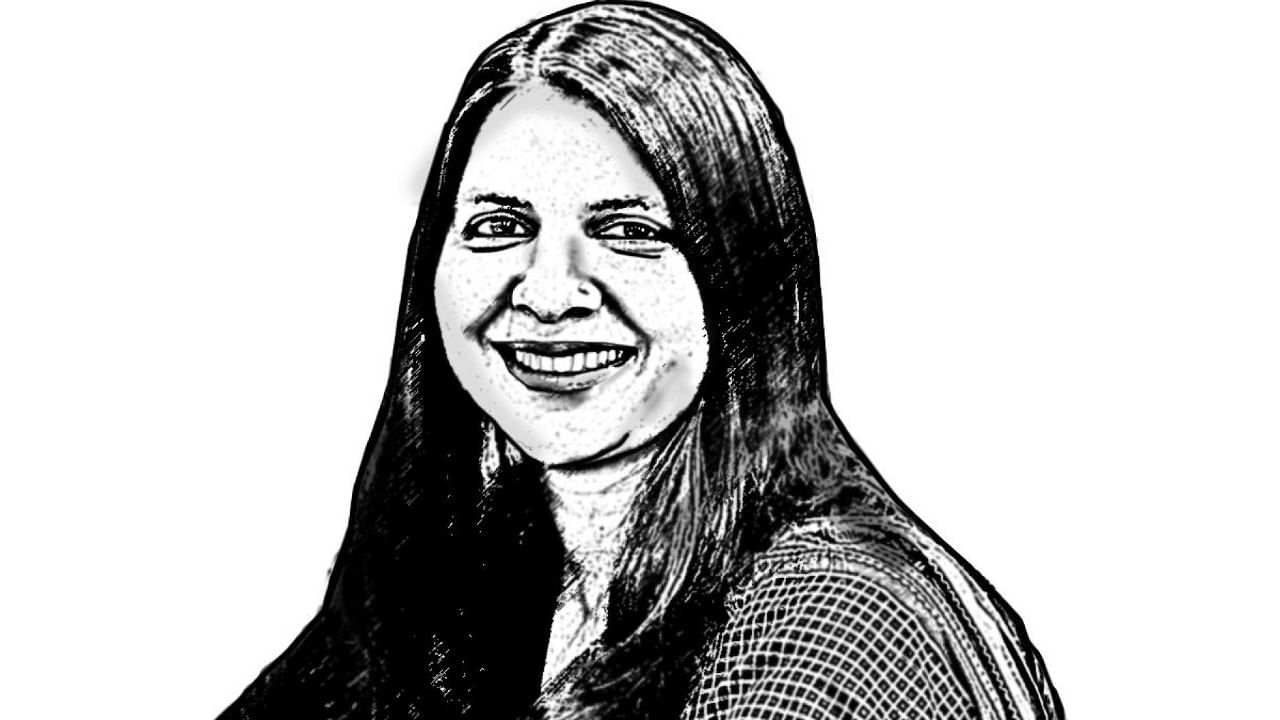
Like most right-thinking citizens, I too have been left numb by the horrific video clips from Manipur that went viral a few days ago. Like most right-thinking citizens, I too have been asking the same questions. Why did it take such horrific, visual images of such a deranged crime to shake the country out of its silence when Manipur has been burning for nearly three months now? More important, how can the State have abdicated its responsibility so completely, and how did we as a citizenry allow the State to get away with it? After all, it is the State that has legitimate monopoly over the use of violence, it is the State and its security apparatus that is responsible for containing violence.
And no, this is not about State failure, because the very government that failed to control violence and act on the crime in its aftermath, has within days of the videos being circulated, made arrests and initiated protests.
And so, I ask, along with so many of you, what is it about our society, our polity that has legitimised such extreme callousness, such silence and inaction, until silence and inaction became impossible?
But in asking these questions and searching for answers, I have also been forced to reflect on the nature of violence that is today so endemic to our social and political fabric and the relationship between violence, democracy and the Indian State.
Violence and democracy have long co-existed in India, occupying the same political space. As political scientist Neera Chandhoke argues in her thought-provoking book The Violence in Our Bones: Mapping the Deadly Fault Lines Within Indian Society, from the founding moment of the Indian republic to the present, violence has co-existed “not very happily, but not all that uneasily” with democracy. Democracy, when carefully nurtured, can and does set limits on violence, but it can also stoke a politics that enables and indeed unleashes violence. The toxic combination of State power, ideology and violence has shaped our politics of caste, gender, ethnicity, and religion. Violence in our democracy is routine.
However, on careful examination, the forms of violence and its perpetuation have undergone significant shifts, as social and political life in India has transformed. In an important new book titled Internal Security: Violence, Order and the Indian State, political scientists Devesh Kapur and Amit Ahuja parse through reams of official records on violence from riots to insurgencies, caste, religious and ethnic violence and homicide to find that aggregate levels of violence -- both public and private -- have declined in the first two decades of this century, compared to the previous two decades.
An important reason for this is enhanced State capacity. Curtailment of violence and provision of internal security is one of the fundamental responsibilities of the modern nation-state and since its founding moment, India has carefully enhanced its capacity to do so. This enhanced capacity has largely been centralising and coercive in ways that have legitimised the use of extreme forms of State power. But, to the extent that it has served to contain and reduce incidents of extreme public violence, this has proved to be an effective strategy for State-building. The charge of complicity is inescapable.
It is worth noting, too, that the only exception to this trend of reduction in violence is gender-based violence. The truth is that the horrendous viral video is not an isolated incident of a deranged mob but a systematic form of violence that has been unleashed and remained unchecked. This is why the abject government failure to contain violence in Manipur for over 70 days is just so glaring. This isn’t a simple case of State incompetence, of State failure.
But, and this is the crucial point that merits deep reflection in this moment, as Kapur and Ahuja argue, “the absence of evidence of violence does not necessarily imply evidence of absence”. New forms of brutal, everyday violence, from lynching to vigilantism have found place in public life, and these are far more insidious and have torn our social fabric in unrepairable ways.
Social media has played a janus-faced role in this new violence. On the one hand, it has made this everyday violence more visible. Think back to the last few years – the horrendous images of an SUV driving over protesting farmers at the peak of the farm law protest; of gunmen shooting arrested suspects, cops by their side and in full media view; of young men being lynched by mobs -- it is all there, every day on our twitter feeds, our Instagram, our WhatsApp forwards. And while visibility holds with it the promise of greater accountability, it has also served to de-sensitise society, thus blunting social outrage and enabling prolonged silence.
Worse, it has found a place as a legitimate political tool in this moment of entrenched majoritarian politics, where violence is used to systematically discredit opposition and critique. The routine use of the troll army to name-call and often threaten dissent with physical harm normalises fear, makes violence an acceptable form of political activity, and successfully discredits demands for accountability by legitimising State complicity in these acts.
Finally, the horror in Manipur also lays bare the consequences of stoking majoritarian politics. The hate it unleashes strips society of all its humanity. That women’s bodies are causalities of war is a well-known, harsh reality. But when women, as news reports from Manipur suggest, become complicit in enabling such violence, there is no other way but to confront the politics of hate. It should worry us that it takes a heinous crime of this nature to jolt us out of our complacency. We really have to ask hard questions of ourselves as a nation, a society and a polity. How much violence are we willing to tolerate? And who then are we as a people, a nation, a democracy?
(Yamini Aiyar, the think tank head indulges in wonkery, but is really just intrigued by the everyday life of the Sarkar @AiyarYamini)